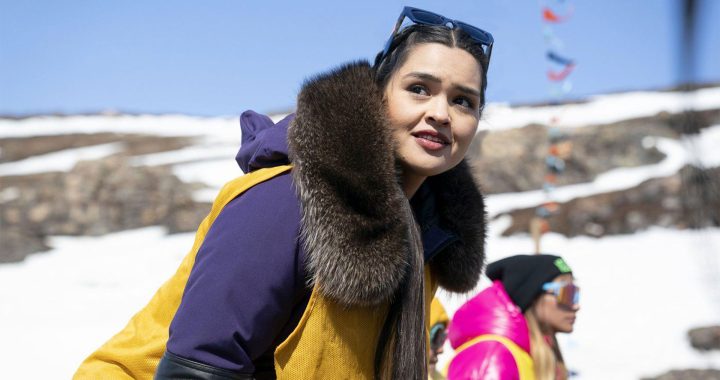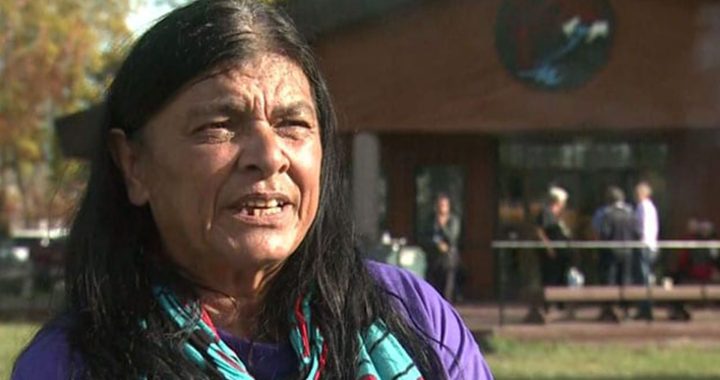Kimberly Murray is a little more than six months into her new role, but it’s become clear that new truths are being spoken.
In June of 2022, Murray was working with residential school survivors looking to search the grounds of the Mohawk Institute at Six Nations of the Grand River.
That’s when the federal government came calling to see if she would take on the role of Independent Special Interlocutor for Missing Children Unmarked Grave and Burial Sites associated with Indian residential schools.
As the former executive director of the Truth and Reconciliation Commission of Canada, it’s work that Murray knows well. But even she says new details are being shared.
“We’re really seeing this trading or transferring of the children from one institution to the other,” says Murray on the latest episode of Face to Face.“ These entities and organizations that operated the Indian residential schools and the federal hostels, were also operating the hospitals and were in the other types of institutions, the sanitoria and the reformatories,” says Murray.
“So, those same things that happened to the children in the residential schools , were happening to them when they got sent to these other institutions. I think that’s part of the history and the truth that is really starting to come out now that the TRC didn’t talk about.”
Murray believes more will come to light as more records are located and as they hear from more survivors.
She has been given a two-year mandate and a budget of $10.4 million.
Murray says when she took on the role, she told David Lametti, minister of Justice and the Attorney General of Canada, that she didn’t think it would be enough money but adds, “I’m not going to be whining about money and time, that’s not what I’m about.”
Despite being funded by the federal government, Murray says she has asserted the independence that her title comes with. One example of that is spending more than Treasury Board guidelines allow for on meals for people at the national gatherings that are being held.
Part of the reason for the national gatherings like the one recently held in Winnipeg is to get to as many people as possible in the two years that she has been allotted.
At last count, Murray says nearly 90 organizations and communities have received some money from the federal government to begin work on searches. She knows that number will continue to grow given there were 140 schools, and then when you add in Indian hospitals and other institutions.
She views the role as a continuation of the work she did as executive director of the TRC. Murray says the commissioner were clear that the TRC was only the start of the work that needed to be done. She’s disappointed in the lack of movement on the TRC’s calls to action.
“I remember that day when the announcement came about the grounds of the Kamloops Indian Residential School and feeling that sadness and that grief and that loss and feeling for the communities and then I quickly became angered just thinking about here we are, seven years, back then it was six years later and none of the calls to action, 71 through 76 had been implemented. None of them,” says Murray.
Murray says the government’s failure to support Indigenous peoples is shameful and continuing today with survivors not receiving funding for community wellness and wellness centers.
Murray has similar concerns about her final report not being acted on when she turns it in at the end of the second year. The report is expected to contain “recommendations on needed measures relating to federal laws, regulations, policies and practices surrounding unmarked graves and burial sites associated with former residential schools.”
For Murray to feel that her job was a success, would mean seeing the burial grounds protected, for communities and survivors to know who died, how they died and where they’re buried.













